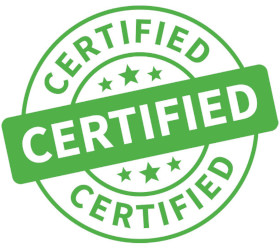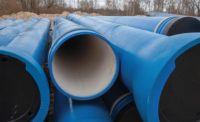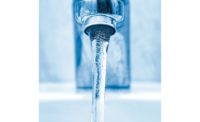U.S. water infrastructure is deteriorating. Some cities are using pre-Civil War water pipes while others still rely on wooden pipes.
As extreme as these examples may seem, the fact is most of the United States’ more than one-million miles of pipes are coming to the end of their useful life. According to the American Water Works Association, the nation’s aging water infrastructure is now entering a “replacement era.”
One option to address the need for replacement is the use of cured-in-place pipe (CIPP). This is a resin-impregnated tube used to line existing pipe that can extend the life of the pipe by many years. The lining of existing pipe is performed using trenchless technology, i.e. it can be installed without the need for extensive digging. The main advantage provided by trenchless installation of CIPP liners is that service lines can more quickly be put back into commission at a lower cost than could be achieved by traditional repair methods.

CIPP liners are made from a variety of materials, but are generally installed using similar methods. A felt tube comprised of polyethylene, fiberglass or other material is impregnated with resin at the product manufacturing facility. These resins are typically epoxy, vinyl ester or polyester, and include a chemical catalyst or hardener to facilitate curing. The resin-impregnated liner is then transported to the installation site, often under refrigerated conditions to prevent the resin from curing prematurely. The section of pipe to be repaired is taken out of service and thoroughly cleaned in preparation for the installation of the liner.
Most CIPP liners are installed using an inversion method, where a scaffold tower or pressure vessel is used to apply air or water pressure to turn the liner inside-out as it is pushed along the length of the host pipe. Alternately, some CIPP liners are installed by winching into place through an access site and then inflated to fill the circumference of the host pipe. Although the resin-impregnated liner typically cures at a slow rate under ambient temperature, the cure is usually accelerated by flowing hot water or steam through the liner or by pulling a UV light train through the liner. Following the cure, the ends of the liner are trimmed and sealed flush with the pipe ends, and the rehabilitated pipe is inspected before bringing the repaired section of pipe back into service.



